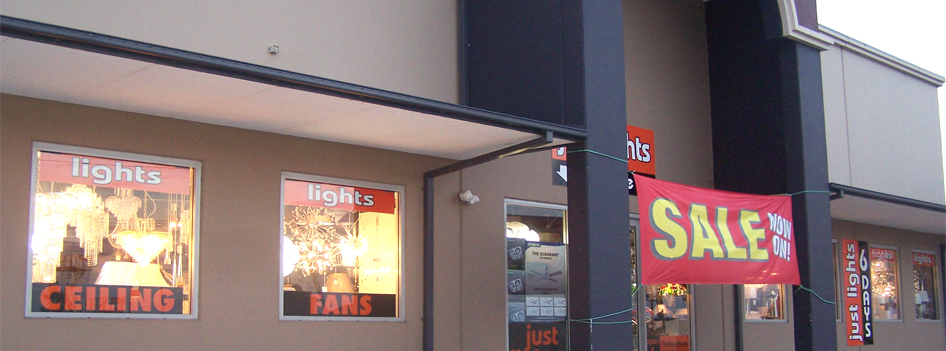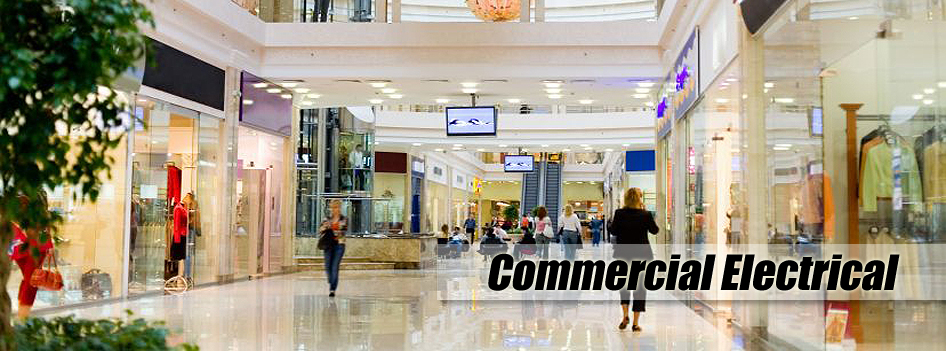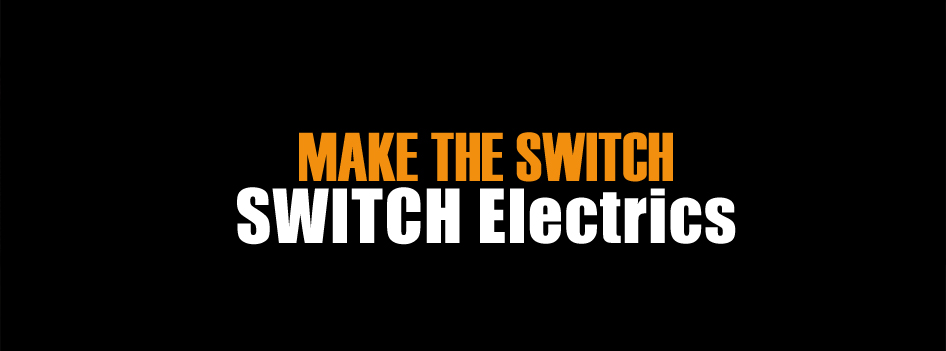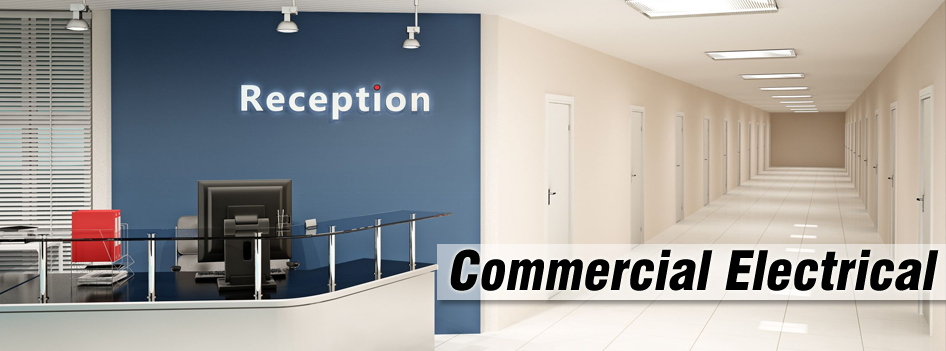Switch Boards in Commercial Enterprises
A power distribution system in a commercial facility is more complex than residential distribution. In a large office, power may be distributed through various switch gear and switch boards, transformers, and panel boards. Careful engineering is essential to ensure that the distribution network in the premises supplies adequate current with complete load protection.
Switch boards divide large electrical current into smaller parts to power individual electrical equipment and appliances. They are required for electrical applications in all office buildings and large industrial complexes. A typical switch board is a large single panel, frame or assembly of panels on which switches, buses, fuses and other protective devices are mounted.
Current flow in a conductor always generates heat. The greater the current flow, the warmer the conductor. But excess heat can damage the electrical components. This is why conductors have a rated continuous current carrying capacity. Over-current protection devices are used to protect conductors and electrical equipment from excessive current flow. These protective devices are made to regulate the flow of current in a circuit at a safe level to prevent the circuit conductors from overheating.
The over-current protection devices can recognize the difference between over-current and short circuits and respond accordingly. Slight over-currents may be allowed to continue for some period of time, but as the magnitude of current increases, the protection device has to respond and interrupt the same. Commercial electrical switch boards may have a Fusible Disconnect Switch for over current protection. These devices disconnect the circuit when an over-current condition exists.
A fuse is a one-shot device placed on the switch board. The heat produced by over-current causes the current carrying element to melt open and disconnect the load from the source voltage.
Another device used in switch boards is circuit breaker. When properly applied within its rating, it opens and closes a circuit by non automatic means. It can also open the circuit automatically on a predetermined over-current without damage to itself.
Circuit breakers provide a manual means of energizing and de-energizing a circuit. In addition to this, they also provide automatic over-current protection of a circuit. A circuit breaker helps in quick re- activation of the circuit after the over load or short circuit is cleared. Like fuses, all circuit breakers have a specific ampere, voltage, and fault current interruption rating.
The ampere rating is the maximum continuous current that the circuit breaker can carry without exceeding its rating. As a general rule, the circuit breaker ampere rating should match the conductor ampere rating. Thus, in case of a conductor rated for 20 amps, the circuit breaker should also be rated for 20amps.
With the right devices on the switch board, commercial facilities can regulate the power consumption and also ensure the safety of people working in the premises. The quality of the basic frame and all associated equipment has to be taken of.
Switch Electrics works in strict compliance with the regulations laid down by state electrical boards. We are licensed and certified to serve domestic, commercial as well as large industrial projects. Contact Switch Electrics to avail the most superior electric services for your electrical switchboard installation and setup. Call us now on 02 8011 1323







